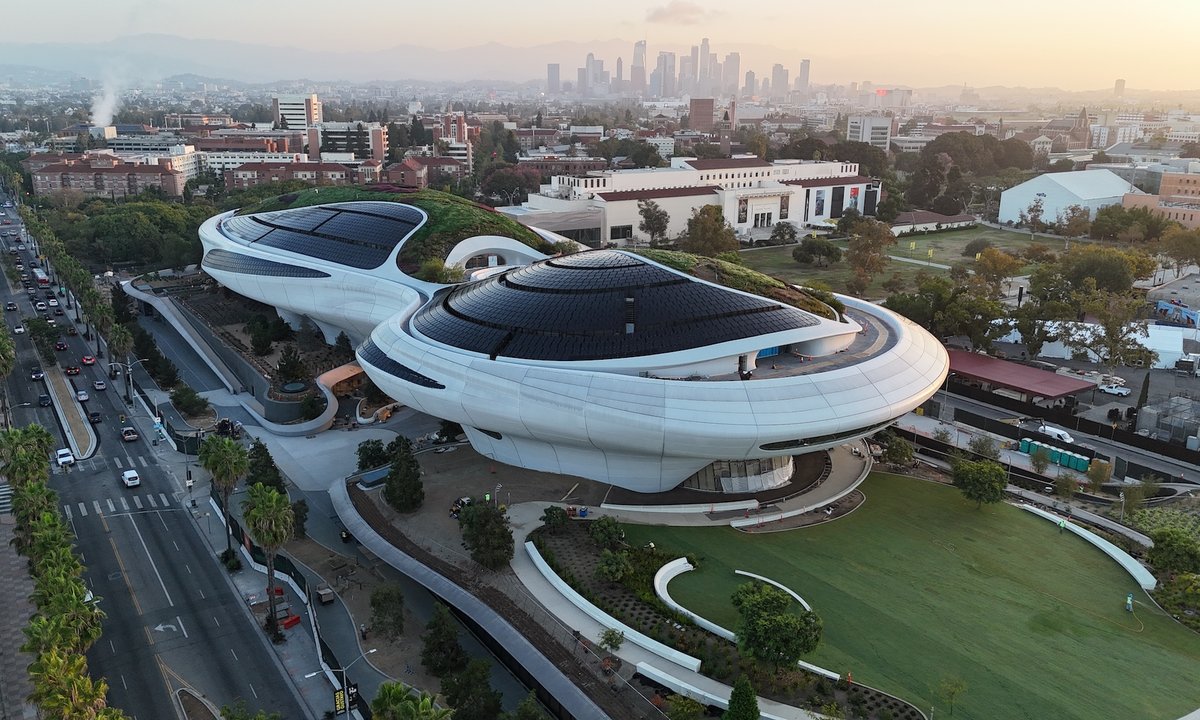The Pérez Art Museum Miami (Pamm) has organised one of the first exhibitions in the US devoted to themes related to Candomblé, an animist African diasporic religion that originated in Brazil in the 19th century. One Becomes Many includes works by ten Brazilian artists, most of which recently entered Pamm’s permanent collection.
Although Candomblé is widespread throughout Brazil, the nuances and syncretic Roman Catholic history of the religion are sometimes lost to international audiences. Jennifer Inacio, an associate curator at Pamm who organised the show, says that it is ideal for Miami, where a predominantly Latin American population means that works dealing with West African diasporic spirituality—like Candomblé, Santería and other religions of Yoruba origin—are more familiar, or “easier for audiences to grasp”.
“Perhaps other shows have referenced these themes here and there, but none have focused on them,” Inacio tells The Art Newspaper. “Still, it’s not didactic. The works should speak for themselves. Not all are specifically talking about Candomblé, but rather looking at ancestral history and how that informs the present.”
You can feel the energy of the rituals in the gesture of Tadáskía’s works. Spirituality is important in her practice—it’s palpable
Jennifer Inacio, associate curator
Notably, the exhibition has an overarching focus on abstraction. It features several drawings by Tadáskía, who had her breakthrough exhibition at the Museum of Modern Art in New York earlier this year. She is celebrated for works that pulsate with colour, which she creates while in a trance-like state. “You can feel the energy of the rituals in the gesture of her works,” Inacio says. “Spirituality is important in her practice—it’s palpable.”
Several other works carry more explicit references to Candomblé, including some that honour the deity Oxumaré, the rainbow serpent in Yoruba mythology that symbolises regeneration, death and rebirth.
The late artist Emanoel Araújo, who approached religious themes through the lens of geometric abstraction throughout his career, combines wood, automotive paint and neon with Candomblé offerings like shells, mirrors, glass and iron in his powerful altar-like work Oxumaré (2021). Similarly, the late artist Mestre Didi incorporated sacred elements into Sem Título (untitled, 1966)—a work showing two serpents and rainbow-coloured beads made with materials evoking the rituals, garments or ornamentations found in a Candomblé centre. Antonio Obá’s monumental painting Os infantes—irreverência (the infants—irreverence, 2020) references religious violence, prejudice and submission, showing two children holding down a serpent to prevent it from biting its own tail; behind them, there is a bleeding crown of thorns symbolising Jesus Christ.

Paulo Nazareth’s Guarani-Asteca (2019), part of a series highlighting the complicity of consumers in destroying Indigenous communities Photo: Bruno Leão; © the artist, courtesy of the artist and Mendes Wood DM
“You can see work from the 1960s and work from today exploring the same subjects,” Inacio says. “It has been important to bring this multigenerational scope into the collection, with younger Black Brazilian artists in conversation with historic artists.”
Pamm has significantly boosted its holdings of works by Brazilian artists in recent years as part of an ongoing effort to strengthen its Latin American art collection. This endeavour is largely supported by the $5m Latin American and Latinx Art Fund, set up by the philanthropist Jorge M. Pérez in 2018.
“It has been special to work with these acquisitions, most of which are donations or purchases made in the last five years and come from the Pérez collection,” Inacio says. “We want to keep this momentum going. Every time we have the opportunity to purchase an important work or to work with a donor, we chase that opportunity.”
• One Becomes Many, Pérez Art Museum Miami, Until 16 April 2025







